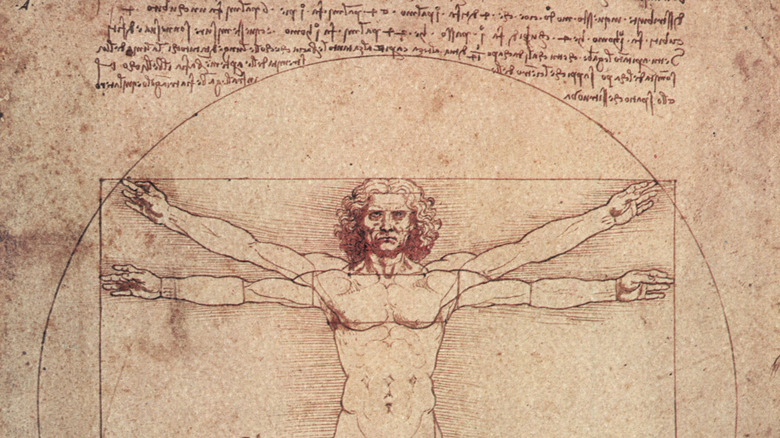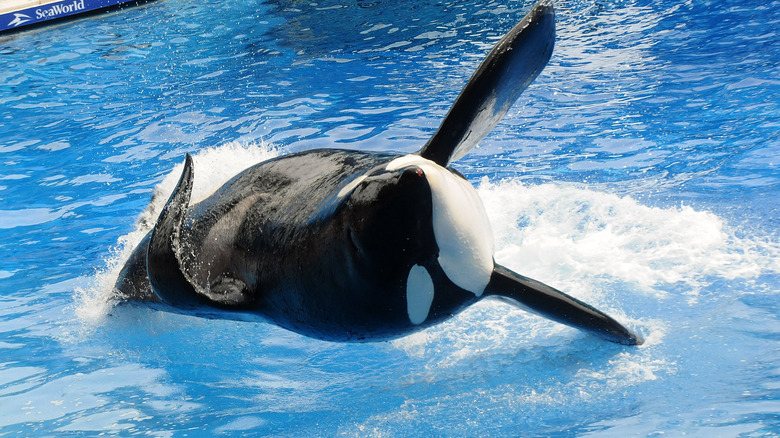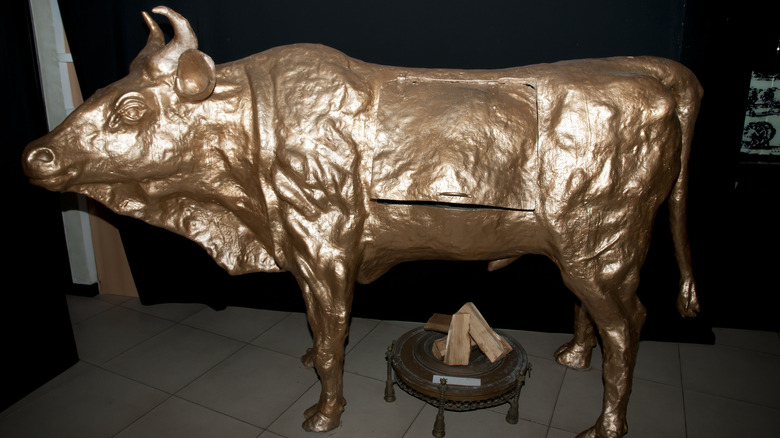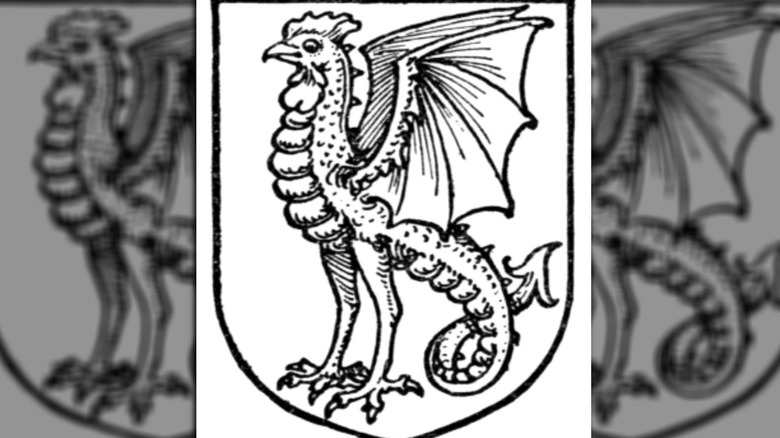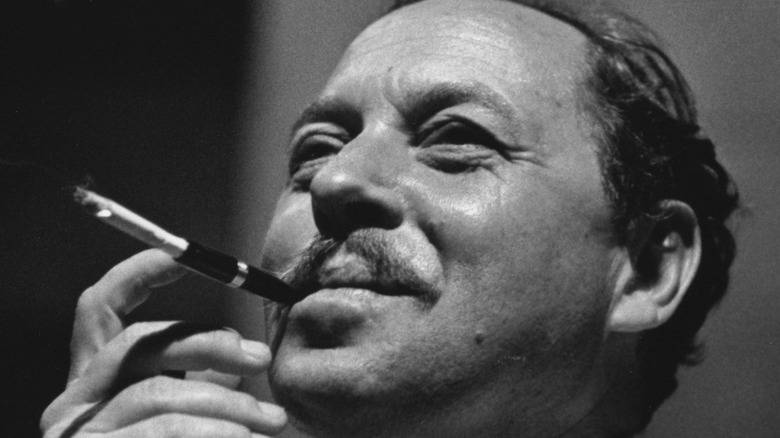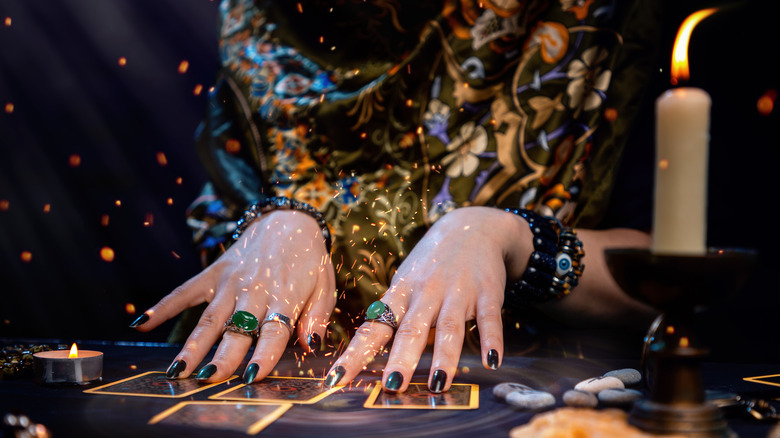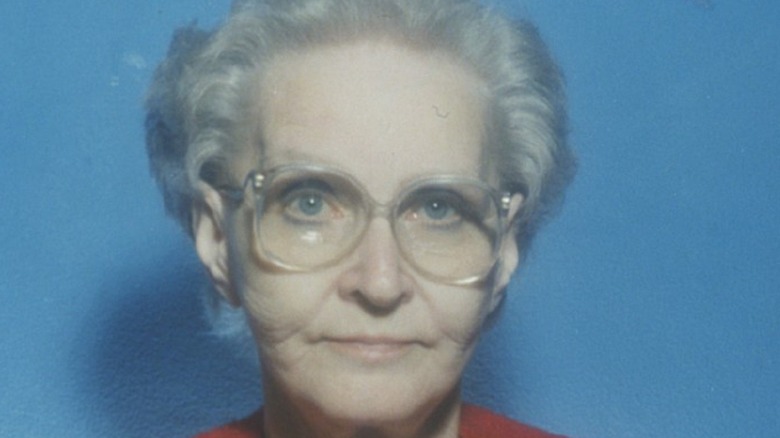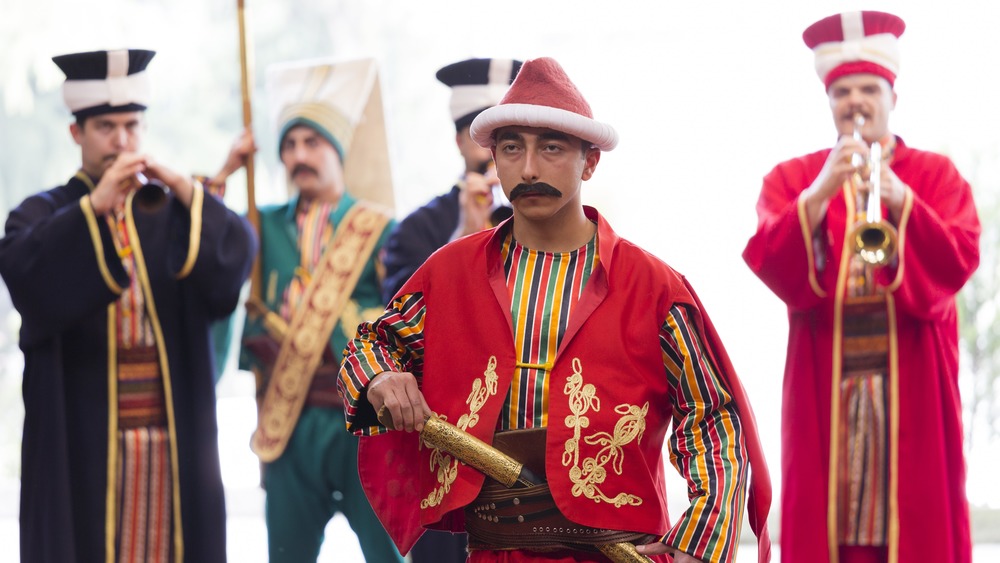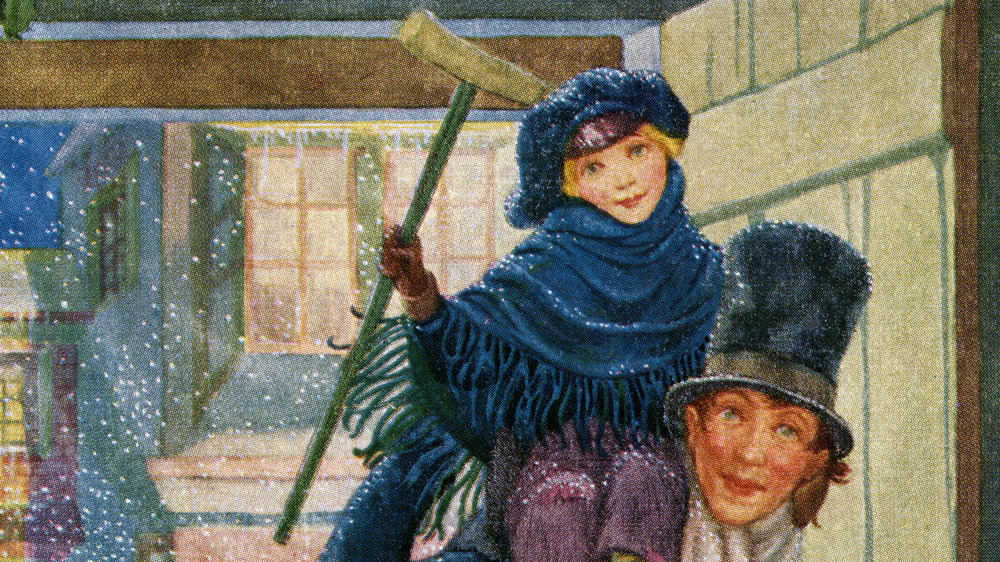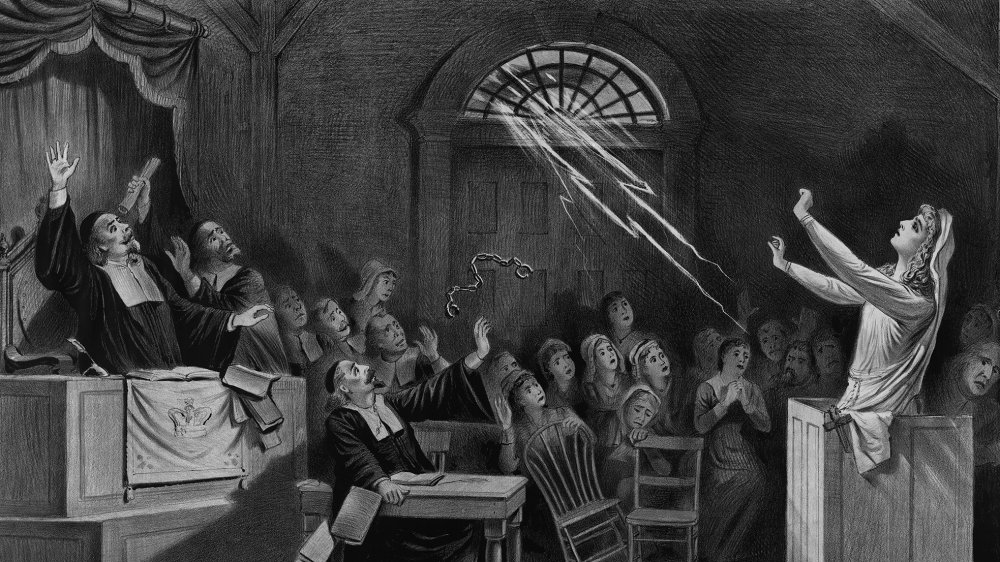
Leonardo Da Vinci’s DNA Search Has Just Led To Interesting Results
Leonardo da Vinci himself would likely be impressed. The Italian artist, architect, engineer and free-thinker’s mind would surely be blown to find out that 500 years after his death, scholarly researchers would collaborate with science to produce a new genealogical DNA report on him that spans 21 generations.
The elaborate, decades-long study was published on July 4, 2021, in the journal Human Evolution. “This will make available useful elements to scientifically explore the roots of his genius, to find information on his physical prowess and on his possibly precocious aging, on his being left-handed and his health and possible hereditary sicknesses, and to explain certain peculiar sensory perceptions, like his extraordinary visual quality and synesthesia,” the writers of the study’s findings, Alessandro Vezzosi and Agnese Sabato, wrote in the paper’s abstract.
Though da Vinci never had any known children, he had at least 22 half-brothers, according to SciTech Daily. The study follows a continuous male line starting with a grandfather born six generations ahead of da Vinci, which spans out to five branches on the family tree. The study found 14 living descendants. That’s important, because according to Vezzosi and Sabato, it was previously believed that da Vinci had no living relatives.
Maybe there is a genius gene
Leonardo da Vinci was born in 1452, the son of a 25-year-old notary named Piero and a 16-year-old peasant girl named Caterina, according to The New Yorker. He was raised by his father and other family members, but both Caterina and Piero married others and had more children. It’s unclear whether he had any relationship with his mother, but it is known his father sired many more sons outside his marriages.
According to SciTech Daily, the Y chromosome, which is passed from males to their male descendants, remains relatively unchanged for 25 generations. Researchers hope to find a link to some of what made da Vinci such a genius in so many regards in his still living relatives.
“Like the surname, male heredity connects the history of registry records with biological history along separate lineages. Because of this, the present genealogy, which spans almost seven hundred years, can be used to verify, by means of the most innovative technologies of molecular biology, the unbroken transmission of the Y chromosome (through the living descendants and ancient tombs, even if with some small variations due to time) with a view to confirming the recovery of Leonardo’s Y marker,” Vezzosi and Sabato wrote.
Similar to the “Mona Lisa” painter’s own expansive curiosities about the human body and the nature and physics around him, today’s researchers are hoping to better understand how DNA may contribute to being extraordinary.
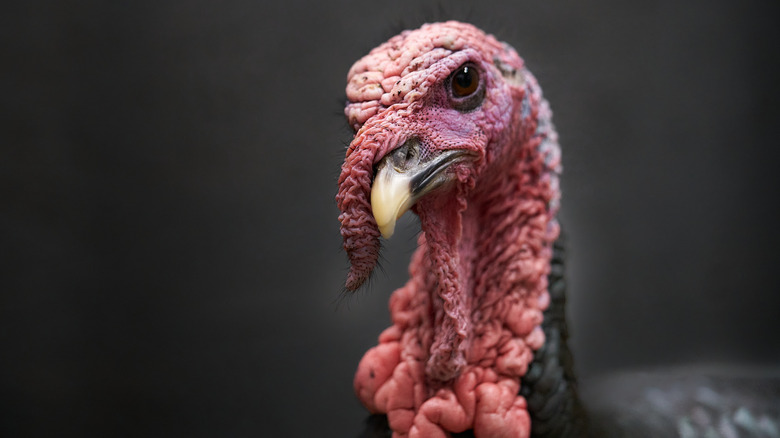
The Real Reason People Used To Worship Turkeys Like Gods
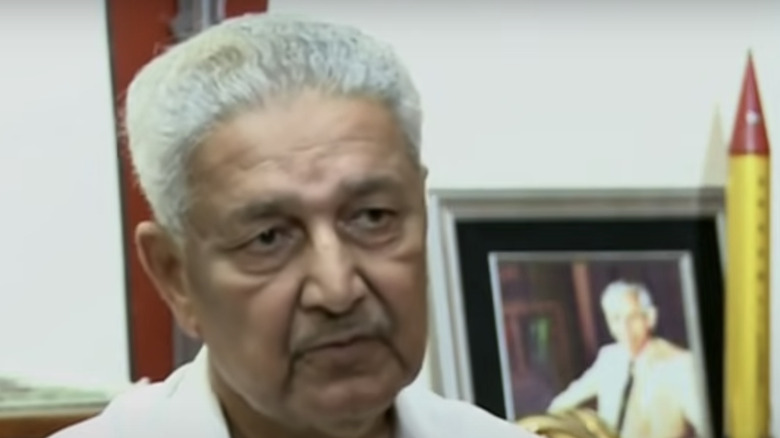
The Crazy Story Of The Scientist Who Sold Nukes To Everyone

What John Hinckley Jr.'s Life Was Like Inside A Psychiatric Hospital

The Dark Side Of Megachurches

This Former U.S. President Had The Most Pets

The Truth About The Deadly Battersea Big Dipper Crash

The Dark Origins Of The Three Blind Mice Nursery Rhyme
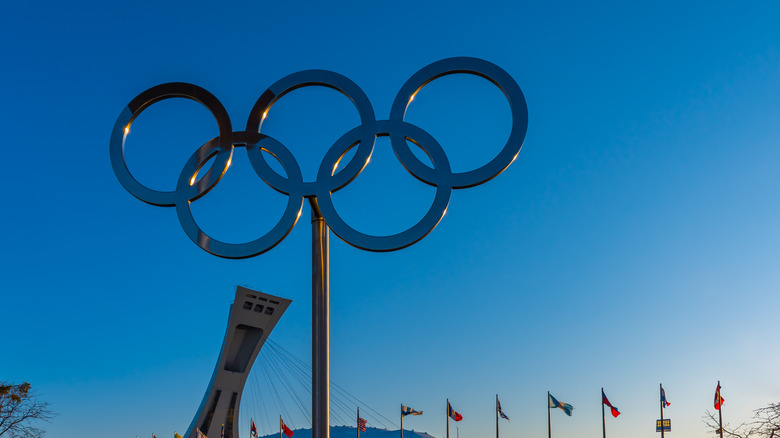
Inside The African Boycott Of The 1976 Olympics
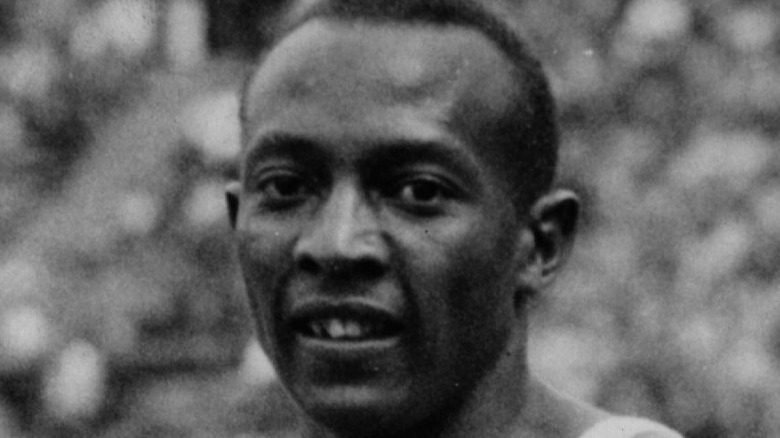
Did The Olympics Make Jesse Owens Rich?
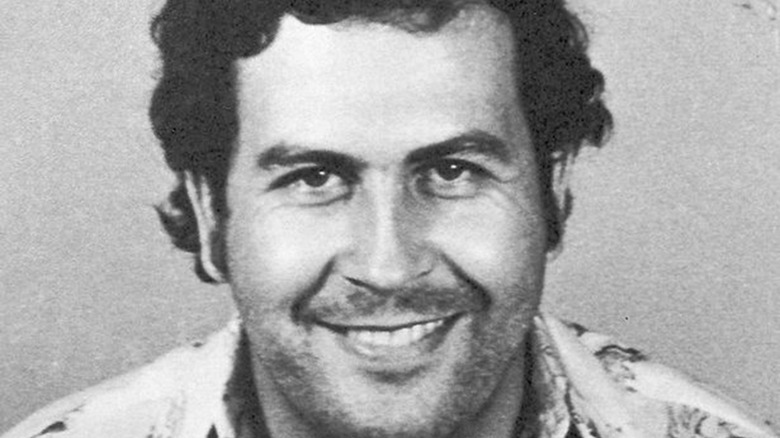
A Look At Pablo Escobar's Luxury Prison
